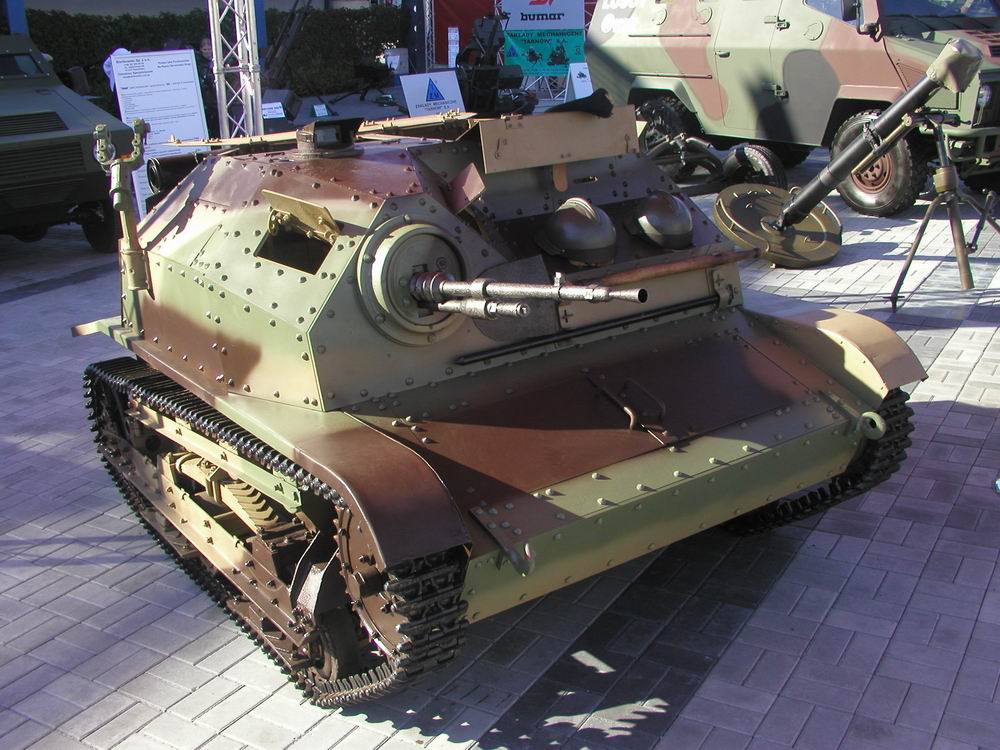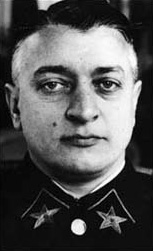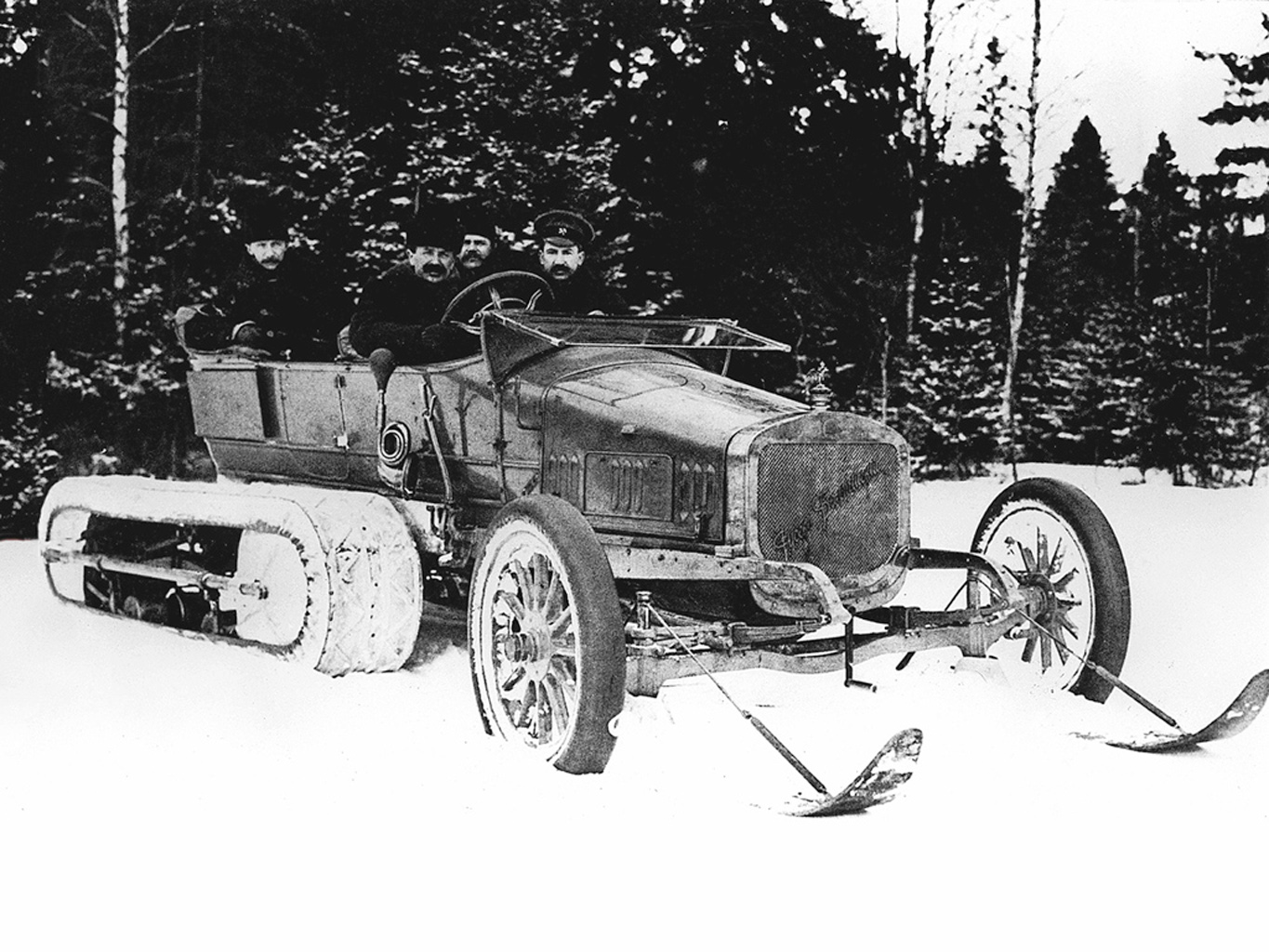|
T-17 Tank
The T-17 tank was a one-man "mechanized support" tankette designed and developed by the Soviet Union during the Interwar period. Development In 1926, the design bureau КБ Orudiyno-Arsenalny Trest, OAT (later OKMO) began work on a "Liliput" single man light reconnaissance tank. The development team faced several problems, including finding a new chassis and engine. The project was stalled continuously. On March 3, 1928, under the leadership of the head motor lab, AP Kushka involving LY Lalmena, as well as engineers, Semyon Ginzburg and Edward Grote undertook the production of a new draft. As part of a three-year plan to produce a force structure capable of conducting operational maneuver and infantry support, a mechanized and armored force was to be established by December 1930. In 1929 the Field Regulation (''Polevoi Ustay''), declared that future war would be one of maneuver, developing the theory of successive operations by injecting the idea of motorization and mechaniza ... [...More Info...] [...Related Items...] OR: [Wikipedia] [Google] [Baidu] |
Tankette
A tankette is a tracked armoured fighting vehicle that resembles a small tank, roughly the size of a car. It is mainly intended for light infantry support and scouting.T-27 Tankette (from the 'battlefield.ru' website, with further references cited. Accessed 2008-02-21.) Colloquially it may also simply mean a small tank. Several countries built tankettes between the 1920s and 1940s, and some saw limited combat in the early phases of . The vulnerability of their light armour, however, eventually led armies to abandon the concept with some exceptions such as the more modern German Wiesel (Weasel) series. ...
|
Deep Battle
Deep operation (, ''glubokaya operatsiya''), also known as Soviet Deep Battle, was a military theory developed by the Soviet Union for its armed forces during the 1920s and 1930s. It was a tenet that emphasized destroying, suppressing or disorganizing enemy forces not only at the line of contact but also throughout the depth of the battlefield. The term comes from Vladimir Triandafillov, an influential military writer, who worked with others to create a military strategy with its own specialized operational art and tactics. The concept of deep operations was a national strategy, tailored to the economic, cultural and geopolitical position of the Soviet Union. In the aftermath of several failures or defeats in the Russo-Japanese War, First World War and Polish–Soviet War, the Soviet High Command (''Stavka'') focused on developing new methods for the conduct of war. This new approach considered military strategy and tactics, but also introduced a new intermediate level of militar ... [...More Info...] [...Related Items...] OR: [Wikipedia] [Google] [Baidu] |
Interwar Tanks Of The Soviet Union
In the history of the 20th century, the interwar period lasted from 11 November 1918 to 1 September 1939 (20 years, 9 months, 21 days), the end of the First World War to the beginning of the Second World War. The interwar period was relatively short, yet featured many significant social, political, and economic changes throughout the world. Petroleum-based energy production and associated mechanisation led to the prosperous Roaring Twenties, a time of both social mobility and economic mobility for the middle class. Automobiles, electric lighting, radio, and more became common among populations in the developed world. The indulgences of the era subsequently were followed by the Great Depression, an unprecedented worldwide economic downturn that severely damaged many of the world's largest economies. Politically, the era coincided with the rise of communism, starting in Russia with the October Revolution and Russian Civil War, at the end of World War I, and ended with the rise ... [...More Info...] [...Related Items...] OR: [Wikipedia] [Google] [Baidu] |
Tankettes
A tankette is a tracked armoured fighting vehicle that resembles a small tank, roughly the size of a car. It is mainly intended for light infantry support and scouting.T-27 Tankette (from the 'battlefield.ru' website, with further references cited. Accessed 2008-02-21.) Colloquially it may also simply mean a small tank. Several countries built tankettes between the 1920s and 1940s, and some saw limited combat in the early phases of . The vulnerability of their light armour, however, eventually led armies to abandon the concept with some exceptions such as the more modern German Wiesel (Weasel) series. ...
|
Kégresse Track
A Kégresse track is a kind of rubber or canvas continuous track which uses a flexible belt rather than interlocking metal segments. It can be fitted to a conventional car or truck to turn it into a half-track, suitable for use over rough or soft ground. Conventional front wheels and steering are used, although skis may also be fitted. A snowmobile is a smaller ski-only type. Technology The Kégresse propulsion and suspension system incorporates an articulated bogie, fitted to the rear of the vehicle with a large drive wheel at one end, a large unpowered idler wheel at the other, and several small guide wheels in between, over which run a reinforced flexible belt. The belt is fitted with metal or rubber treads to grip the ground. It differs from conventional track systems by using a flexible belt rather than interlocking metal segments. Use in Russia The name comes from the system's inventor Adolphe Kégresse, who designed the original while working for Tsar Nicholas II of Russi ... [...More Info...] [...Related Items...] OR: [Wikipedia] [Google] [Baidu] |
T-18 Tank
The T-18 light tank (also called MS-1, rus, малый сопровождения, первый, r=maliy soprovozhdeniya, perviy, "Small ehicle forSupport, First ype/example) was the first Soviet-designed tank. Produced from 1928 to 1931, it was based on the Renault FT, with the addition of a vertically sprung suspension. The T-18 and its derivatives were essentially unsuccessful designs, but they gave Soviet industry its first experiences in designing armoured vehicles, and in the meantime a number of foreign tank designs were available for production. Development A "Tank Bureau" was formed in May 1924 for the development of Soviet tanks. A specification was issued for a 3-tonne two-man light tank capable of . It would be protected by 16 mm of armour and equipped with a gun. By 1925 the allowable weight had increased to 5 tonnes. The tank was designed by Professor V. Zaslavsky at a new Tank Bureau set up under the Central Directorate of Military Industries. The 35- ... [...More Info...] [...Related Items...] OR: [Wikipedia] [Google] [Baidu] |
Machine Gun
A machine gun is a fully automatic, rifled autoloading firearm designed for sustained direct fire with rifle cartridges. Other automatic firearms such as automatic shotguns and automatic rifles (including assault rifles and battle rifles) are typically designed more for firing short bursts rather than continuous firepower, and are not considered true machine guns. As a class of military kinetic projectile weapon, machine guns are designed to be mainly used as infantry support weapons and generally used when attached to a bipod or tripod, a fixed mount or a heavy weapons platform for stability against recoils. Many machine guns also use belt feeding and open bolt operation, features not normally found on other infantry firearms. Machine guns can be further categorized as light machine guns, medium machine guns, heavy machine guns, general purpose machine guns and squad automatic weapons. Similar automatic firearms of caliber or more are classified as autocannons, rat ... [...More Info...] [...Related Items...] OR: [Wikipedia] [Google] [Baidu] |
T-16 Tank
The T-18 light tank (also called MS-1, rus, малый сопровождения, первый, r=maliy soprovozhdeniya, perviy, "Small ehicle forSupport, First ype/example) was the first Soviet-designed tank. Produced from 1928 to 1931, it was based on the Renault FT, with the addition of a vertically sprung suspension. The T-18 and its derivatives were essentially unsuccessful designs, but they gave Soviet industry its first experiences in designing armoured vehicles, and in the meantime a number of foreign tank designs were available for production. Development A "Tank Bureau" was formed in May 1924 for the development of Soviet tanks. A specification was issued for a 3-tonne two-man light tank capable of . It would be protected by 16 mm of armour and equipped with a gun. By 1925 the allowable weight had increased to 5 tonnes. The tank was designed by Professor V. Zaslavsky at a new Tank Bureau set up under the Central Directorate of Military Industries. The 35- ... [...More Info...] [...Related Items...] OR: [Wikipedia] [Google] [Baidu] |
Edward Grote
Edward is an English given name. It is derived from the Anglo-Saxon name ''Ēadweard'', composed of the elements '' ēad'' "wealth, fortune; prosperous" and '' weard'' "guardian, protector”. History The name Edward was very popular in Anglo-Saxon England, but the rule of the Norman and Plantagenet dynasties had effectively ended its use amongst the upper classes. The popularity of the name was revived when Henry III named his firstborn son, the future Edward I, as part of his efforts to promote a cult around Edward the Confessor, for whom Henry had a deep admiration. Variant forms The name has been adopted in the Iberian peninsula since the 15th century, due to Edward, King of Portugal, whose mother was English. The Spanish/Portuguese forms of the name are Eduardo and Duarte. Other variant forms include French Édouard, Italian Edoardo and Odoardo, German, Dutch, Czech and Romanian Eduard and Scandinavian Edvard. Short forms include Ed, Eddy, Eddie, Ted, Teddy and Ned. Peop ... [...More Info...] [...Related Items...] OR: [Wikipedia] [Google] [Baidu] |
Semyon Alexandrovich Ginzburg
Semyon Alexandrovich Ginzburg () (1900–1943) was a Soviet tank designer. He enrolled in business school in 1918, but then volunteered for the Red Army in 1919 and served in the light artillery squadron of the 3rd Rifle Division. After the division had retreated to Voronezh, Ginzburg enrolled in the Military Academy of the Strategic Missile Forces and graduated in 1920. He was appointed as a platoon commander in the 52nd Rifle Division and fought at Kakhovka and in Crimea. He continued his studies at the Dzerzhinsky Military Technology Academy in 1926 and graduated in 1929 after specializing in tank designs. He was one of the earliest tank designers in the Soviet Union who expressly studied to become one. He worked in the GKB (the main design bureau) and in the KB-3 in Moscow. In 1930 he was a member of the Soviet purchasing committee in Great Britain that prepared buying a license for the Vickers 6-Ton tank. Ginzburg then headed the OKMO experimental group in Leningrad prep ... [...More Info...] [...Related Items...] OR: [Wikipedia] [Google] [Baidu] |
Chassis
A chassis (, ; plural ''chassis'' from French châssis ) is the load-bearing framework of an artificial object, which structurally supports the object in its construction and function. An example of a chassis is a vehicle frame, the underpart of a motor vehicle, on which the body is mounted; if the running gear such as wheels and transmission, and sometimes even the driver's seat, are included, then the assembly is described as a rolling chassis. Examples of use Vehicles In the case of vehicles, the term ''rolling chassis'' means the frame plus the "running gear" like engine, transmission, drive shaft, differential and suspension. An underbody (sometimes referred to as "coachwork"), which is usually not necessary for integrity of the structure, is built on the chassis to complete the vehicle. For commercial vehicles, a rolling chassis consists of an assembly of all the essential parts of a truck without the body to be ready for operation on the road. A car chassis wi ... [...More Info...] [...Related Items...] OR: [Wikipedia] [Google] [Baidu] |
Reconnaissance
In military operations, reconnaissance or scouting is the exploration of an area by military forces to obtain information about enemy forces, terrain, and other activities. Examples of reconnaissance include patrolling by troops (skirmishers, long-range reconnaissance patrol, U.S. Army Rangers, cavalry scouts, or military intelligence specialists), ships or submarines, crewed or uncrewed reconnaissance aircraft, satellites, or by setting up observation posts. Espionage is usually considered to be different from reconnaissance, as it is performed by non-uniformed personnel operating behind enemy lines. Often called recce (British, Canadian and Australian English) or recon (American English), the word for this activity has at its root the associated verb ''reconnoitre'' or ''reconnoiter''. Etymology The word from the Middle French ''reconoissance''. Overview Reconnaissance conducted by ground forces includes special reconnaissance, armored reconnaissance, amp ... [...More Info...] [...Related Items...] OR: [Wikipedia] [Google] [Baidu] |





